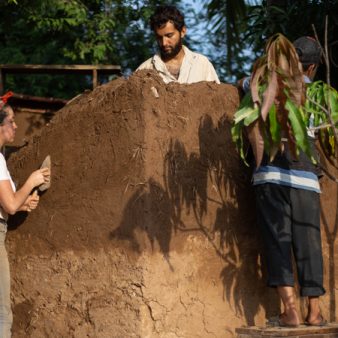Nepal is one of the poorest and least developed countries in Asia. A quarter of the population live below the national poverty line, while the 2011 census estimated that half (49%) live in substandard housing. These issues were exacerbated by a series of disasters that affected the country between 2015 and 2019. Nepal is subject to frequent earthquakes and the country is increasingly vulnerable to climate emergency induced shocks. Two intense earthquakes took place in 2015, killing more than 9,000 people, while extreme floods in 2017 and 2019 destroyed or severely damaged over 900,000 houses. The reconstruction challenge was enormous.
A mass programme of government and aid agency assistance ensured that thousands of homes were rebuilt quickly. However, the most vulnerable households, including older people, children, disabled and single adults, were unable to benefit from self-build grants. These, alongside those from marginalised minority-ethnic groups and lower castes, and those with severe health problems, are often the most affected by these disasters. They are also the most likely to be left behind in the rebuilding process.
Compressed Earth Bricks and Community Enterprises, a project developed by Nepalese non-profit social purpose organisation Community Impact Nepal (CIN), works to address this gap in support. Its main purpose is to support communities to rebuild homes and be more resilient to future disasters, while improving the livelihoods of low-income families. It enables local entrepreneurs to rebuild homes in communities affected by disasters, using innovative and affordable disaster-resistant housing technology and providing training.
Strong, safe and affordable homes are built and participants can use the skills they have gained to earn income by building further homes. Long-term, sustainable micro-enterprises have been set up as a result. The project puts particular emphasis on training women, young people, and people from other vulnerable groups, and on encouraging them to start their own businesses.
The project in practice
Community Impact Nepal (CIN) was founded (as Build Up Nepal) in 2015 in response to earthquake-related devastation. It began as a small team working to help low-income families rebuild their homes. However, it became clear that the only way to rebuild on the scale needed in remote villages was to empower local people to build homes using local materials. The project demonstrates this approach, and CIN’s commitment to helping low-income communities improve housing and livelihoods.
The project enables communities to rebuild homes damaged or destroyed by earthquakes and floods in different regions of Nepal by supporting the creation of micro-enterprises and providing compressed earth brick machines and training to make and use compressed earth interlocking bricks. Groups are provided with initial materials and trained in using them. Entrepreneurs invest their own time, money and labour, ensuring local ownership and a strong incentive to build, sustain and grow over the long-term.
Brick construction is common in cities and large towns in Nepal, but uncommon in rural areas, where brick houses remain aspirational for most families. The construction costs mean they are too expensive for people on low incomes and it is not practical to transport factory manufactured building materials to remote rural locations. Furthermore, the production of conventional fired clay bricks is environmentally damaging, resulting in high levels of CO2 emissions and pollutants. To ensure the availability of building materials less vulnerable to seismic stress, the project developed effective manually operated machines to allow rural communities and micro-entrepreneurs to produce bricks – using mainly local materials – to build earthquake-resistant houses at low cost.
Compressed stabilised earth blocks (CSEB) are made by mixing and compressing sand, soil and cement in a mechanical press machine. The CSEB bricks are made locally by communities and microentrepreneurs across the country, rather than being mass produced and transported to where they are needed.
The technique has a number of advantages. Almost any soil type works, including local soil, while other earth brick methods require specific soil types. This means that the bricks can be made on site. Production is quick. The press squeezes out the water, meaning that the drying time is less than other techniques and there is no need for them to be fired. A press can produce enough bricks in one or two days to build a whole house. This makes them low-cost compared to other techniques.
This reduction in cost means that low-income households that could not previously afford to build a brick house, can build a CSEB house. The bricks are uniform and have interlocking features. This makes walls stronger and also makes it quicker to build because less mortar is needed. The project uses steel reinforcing bars to strengthen the walls further and make them more earthquake resistant. CSEB bricks have similar properties to conventional fired bricks in water and perform much better than other earth construction. This means houses built with CSEB have a good degree of flood resilience.
The interlocking feature also makes the bricks easy to use, which means that people can learn how to build more quickly than they would if they had to master conventional masonry skills, making them more appropriate for self-build and community use. The project operates by building one demonstration house in each village – a total of 150 have been built to date. Local people are trained in masonry skills so that they can go on to build CSEB houses. The model house is built for a vulnerable family in the village and acts as a showcase to demonstrate the advantages of CSEB, and generate local demand.
The initial investment required from micro-entrepreneurs is between US $3,300 and $5,400, which pays for the machine, training, production set-up and raw materials. This usually comes from the savings of community groups and micro-entrepreneurs or from micro-loans, offered collateral free with subsidised interest rates, in partnership with Metro Microfinance. Many entrepreneurs are also returning migrants who invest their savings to earn in their village and avoid migrating again for work. Most micro-enterprises return their investment in between six and 12 months.
The project is funded through grants and the co-investment of communities and entrepreneurs, and works with a wide range of non-governmental organisations and development partners, including DFID Nepal, Practical Action, DCA Nepal, Nordic Climate Facility and Oxfam in Nepal.
Social and environmental impact
The project makes a significant difference to vulnerable families, who receive the demonstration house at no cost, though they are expected to contribute labour and materials. Other beneficiaries include families affected by housing poverty; entrepreneurs, including members of women’s groups and young people, and micro-credit groups that start micro-enterprises; and the wider community through increased community cohesion and income. The project places strong emphasis on community co-operation, and bringing together families, local government, local groups and entrepreneurs.
The project has reached all 31 districts of central Nepal affected by the 2015 earthquakes, with a particular focus on the 14 most affected districts. The construction of each demonstration house has trained an average of 10 people, resulting in nearly 1,500 trained masons. The masons have established themselves as micro-enterprises, building more houses and creating greater local knowledge and increasing the demand for CSEB.
To date, over 3,500 new houses have been built in remote areas of Nepal, housing 17,500 people. In addition, many more people have been positively impacted by this project, including through the creation of 200 micro-enterprises and 2,200 jobs. Each micro-enterprise builds on average 15 homes per year, creating between 10 and 12 jobs in brick production and through the supply chain. Four out of five enterprises continue beyond two years.
The project makes an important contribution to gender and social inclusion through encouraging the participation of women and marginalised groups. The rural areas of the districts served by the project are populated by members of various ethnic and disadvantaged groups and many of the project beneficiaries are from these groups. Approximately half of all masons trained in the construction of CSEB homes are from disadvantaged groups and almost a third are women.
The environmental impact of the project is also considerable. Houses built with CSEB have significantly less embodied energy than standard brick houses. An independent review of the environmental performance of CSEB in Nepal estimated that conventional brick houses produce 1.6 times as much CO2 emissions as CSEB houses. Scaling this up across the length of the project, CIN calculates that it has saved 18,750 tons of C02.
CIN has, along with other development partners and organisations, successfully supported the Nepalese Government to approve the CSEB brick technology in 2017. In partnership with DFID Nepal and Practical Action, CIN has trained more than 250 government engineers so they are aware of CSEB brick houses and have the capacity to inspect them, helping to improve housing quality.
The future
CIN’s goal for the next two years is to scale the model and establish CSEB as a mainstream construction material across Nepal. It currently helps six to seven new micro-enterprises to start each month. In the next five years, it aims to establish a total of 600 micro-enterprises with a specific focus on women, young people and vulnerable groups. This will result in 7,200 long-term jobs, 16,000 new homes, and a potential reduction of 72,000 tons of CO2.
Currently, the focus is on scaling-up in Nepal, but there is strong demand to spread the model globally – CIN is currently in discussion with several development partners.
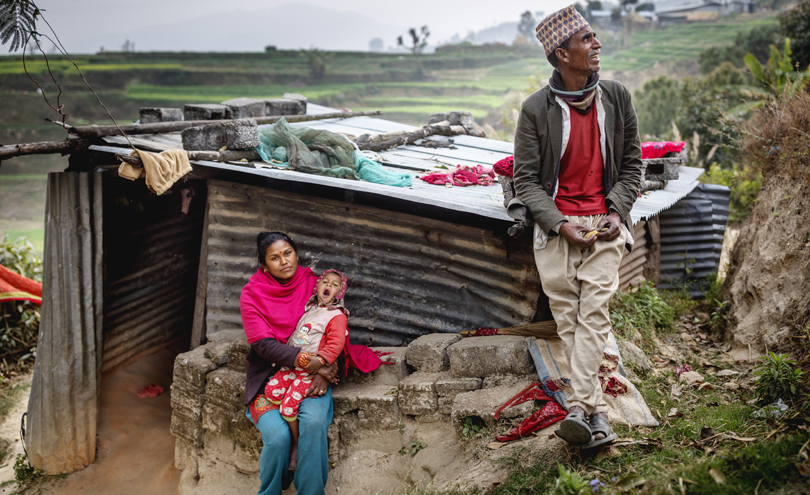
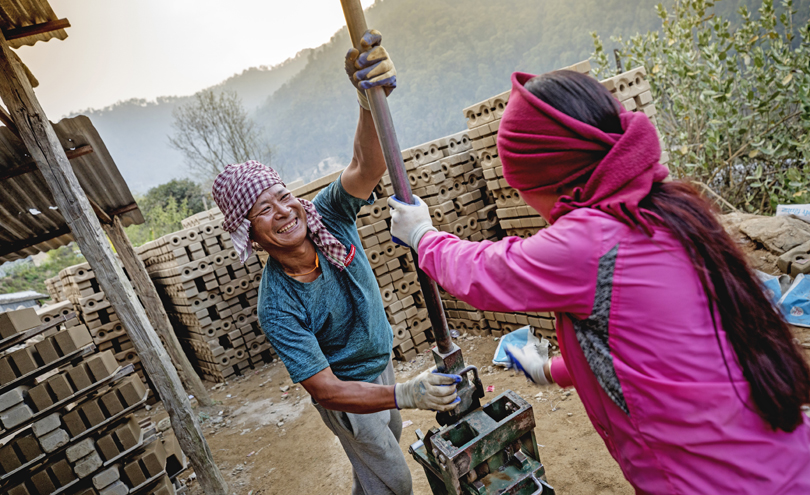
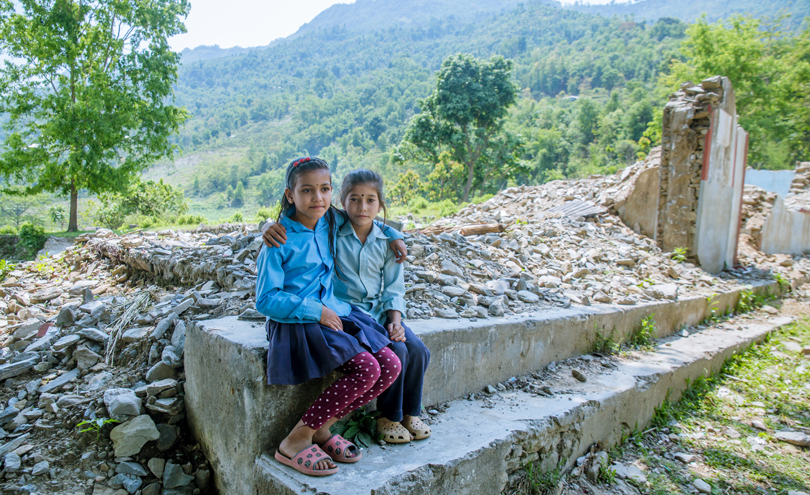
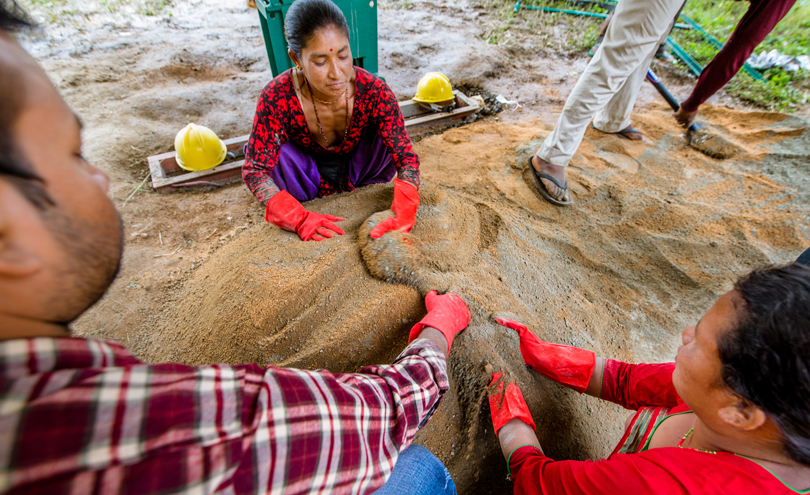
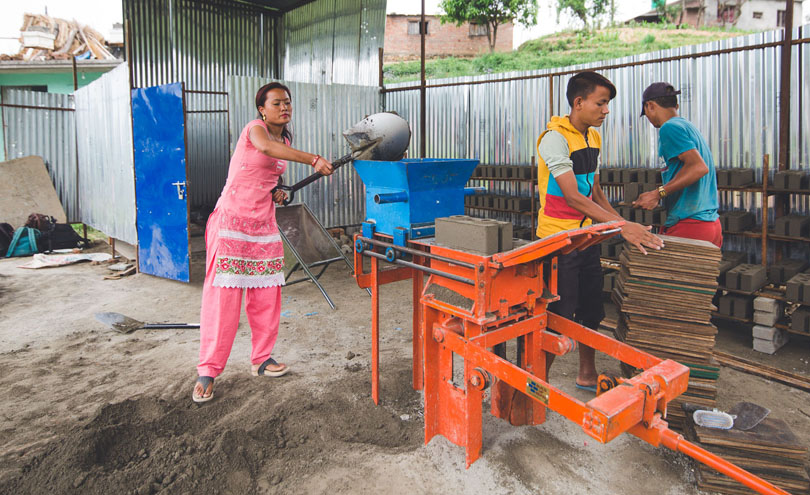
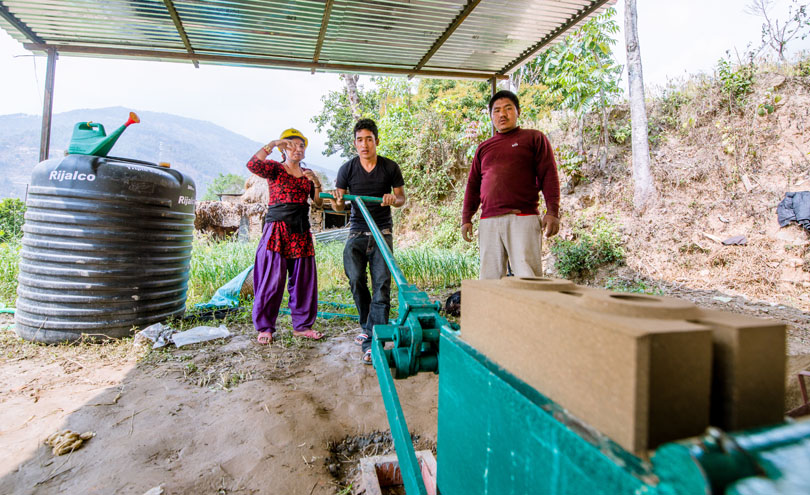
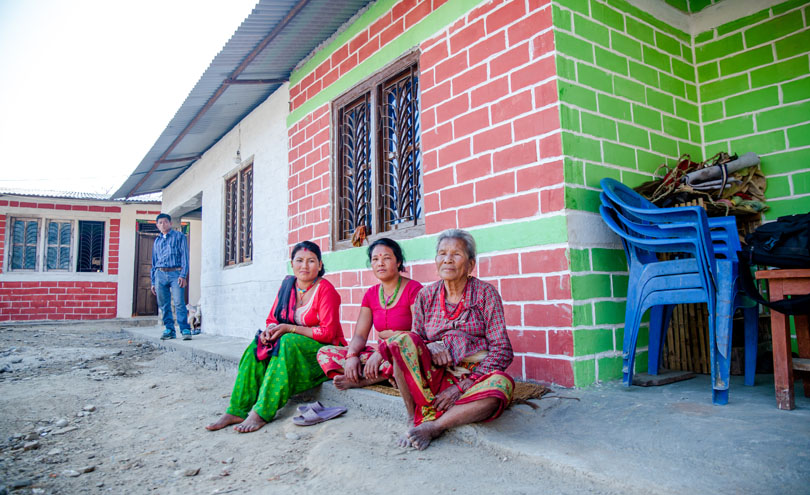
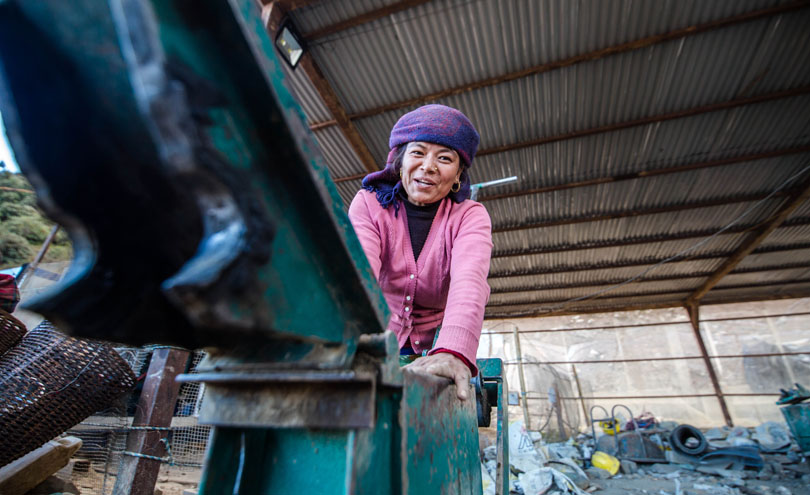
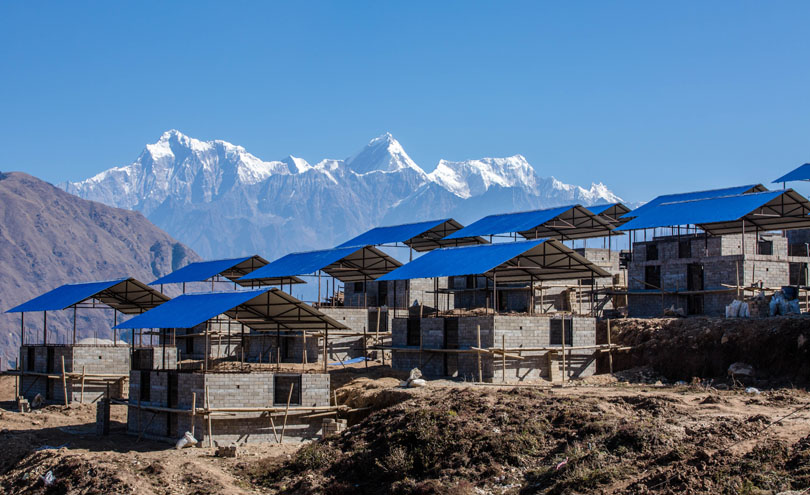
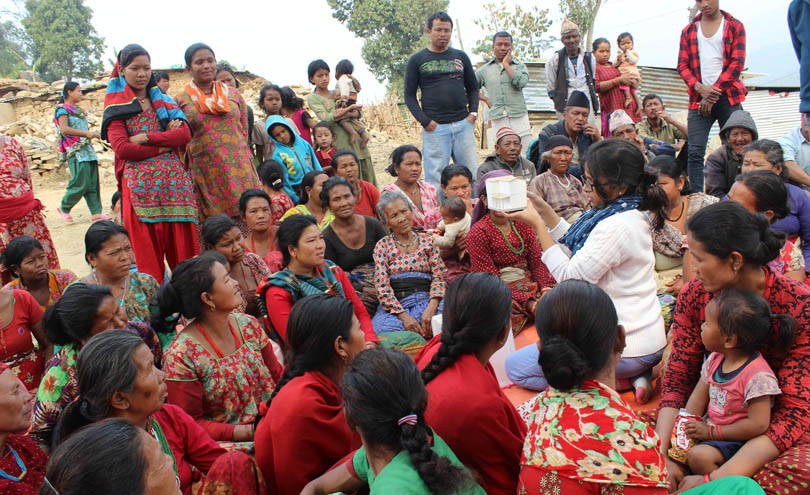
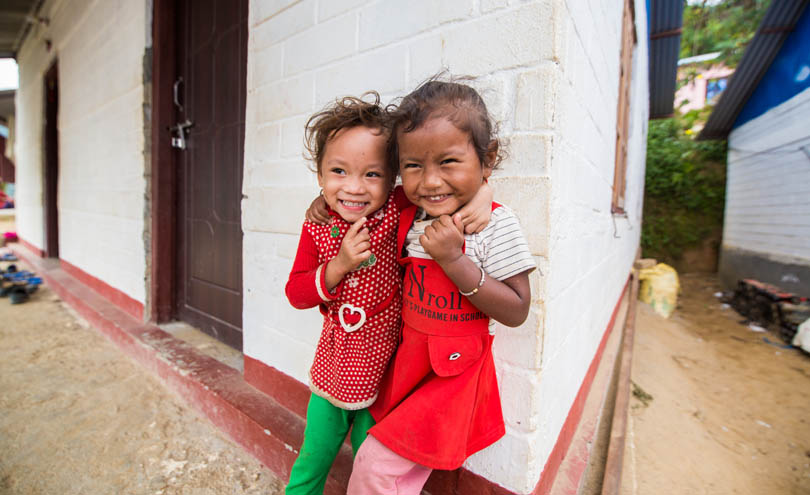
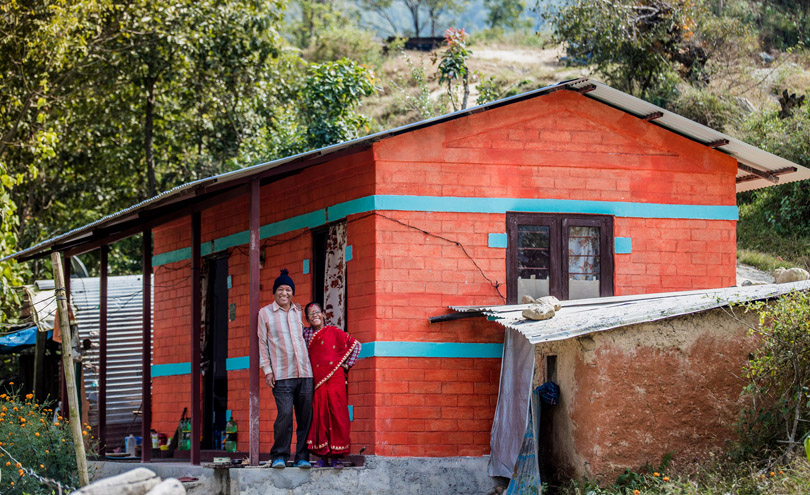
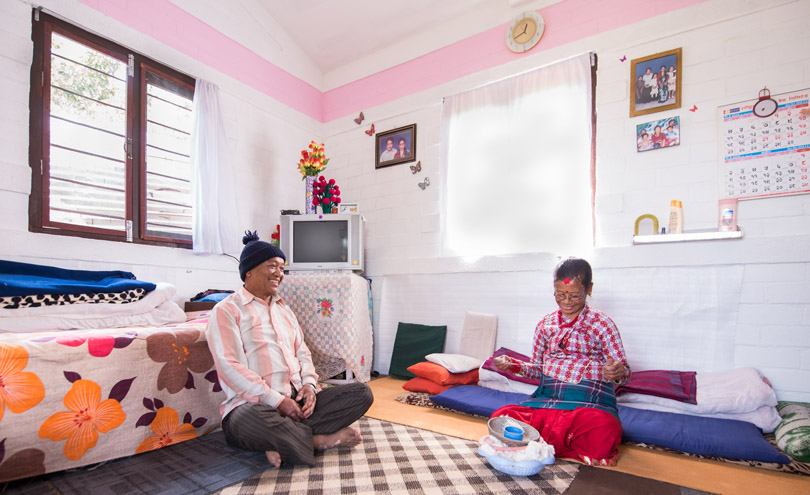

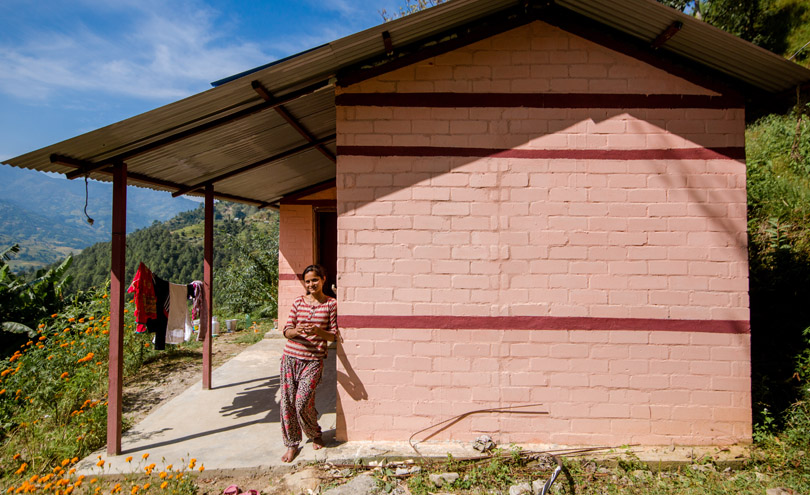
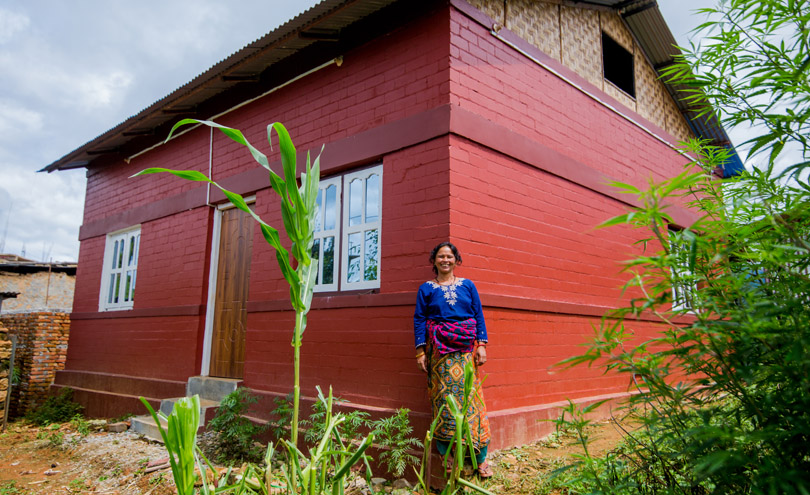


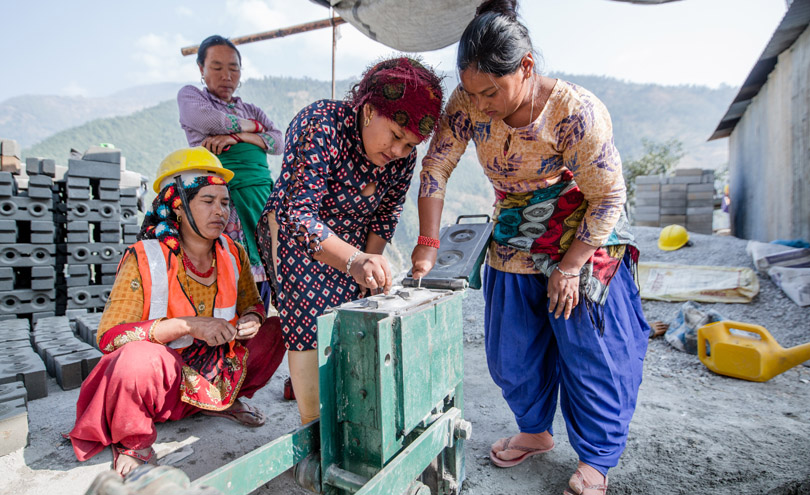

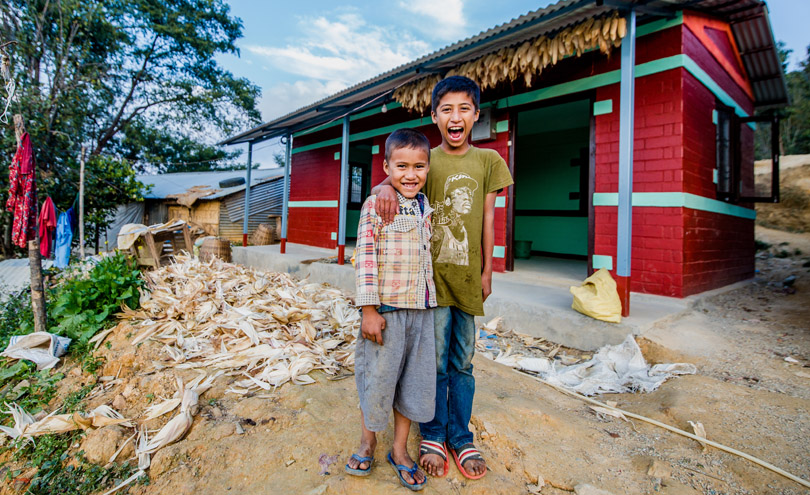

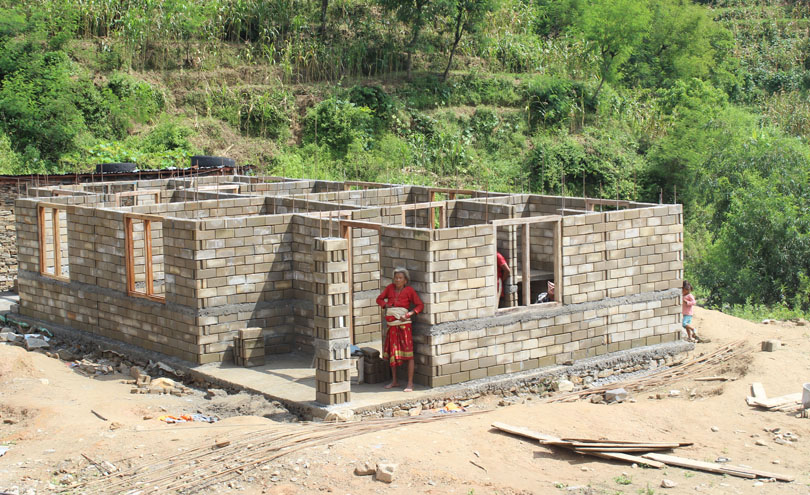
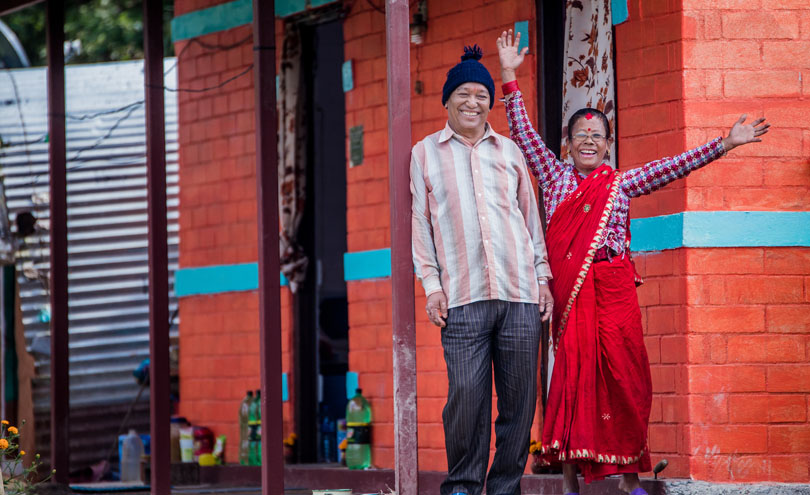
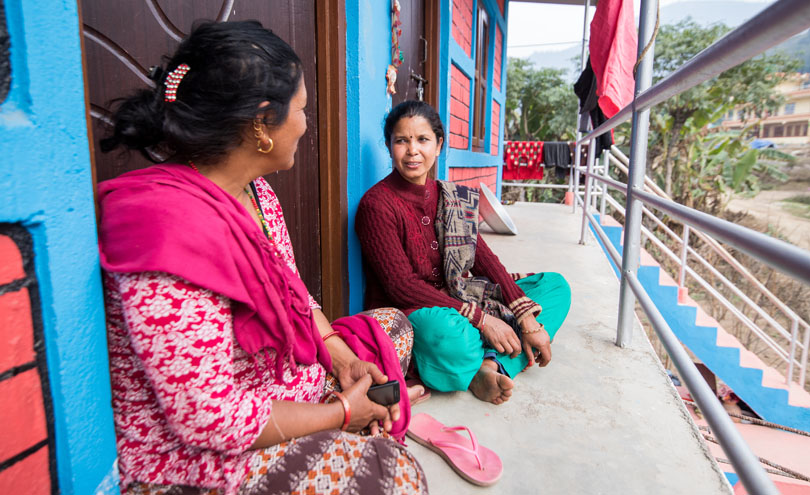

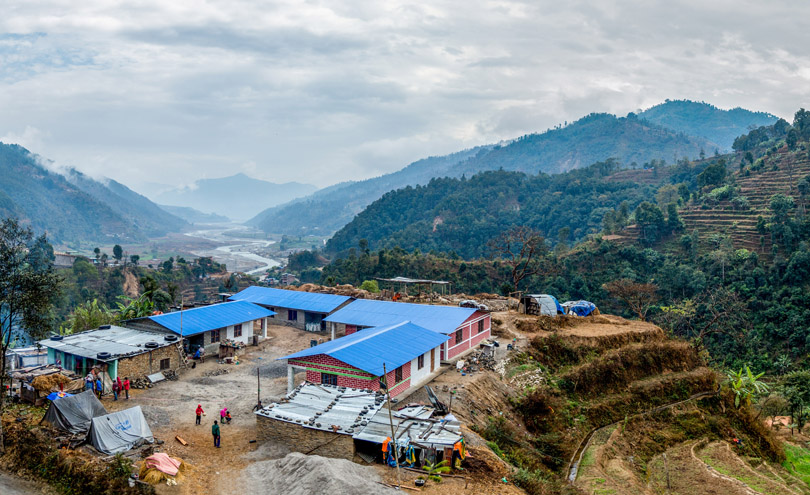

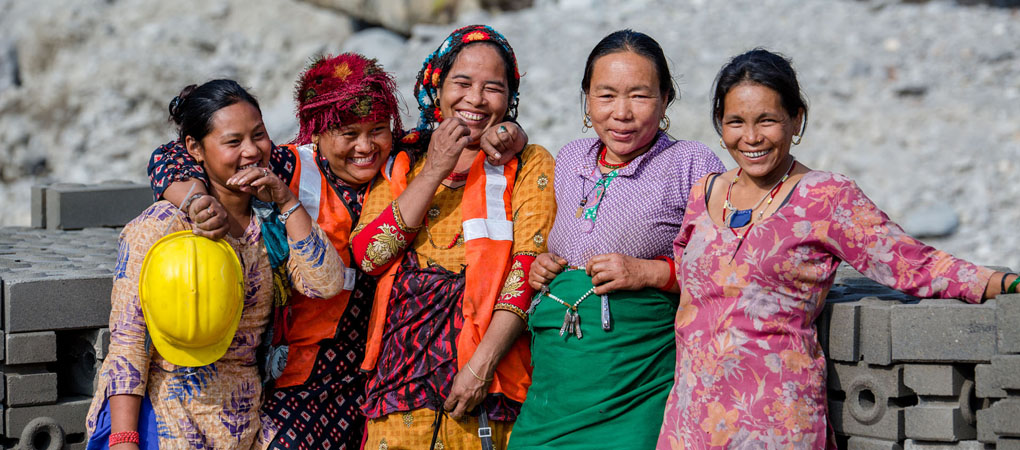
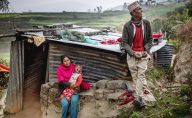
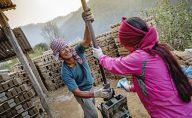
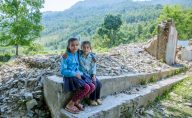
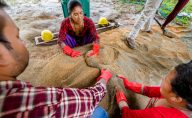
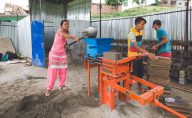
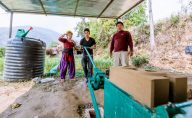
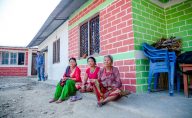
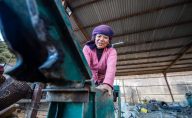
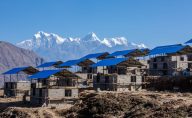
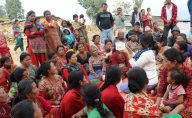
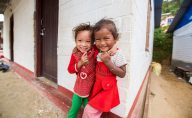
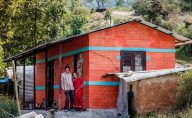
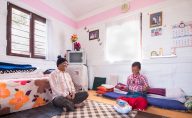
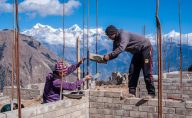
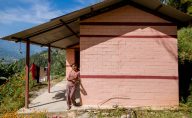
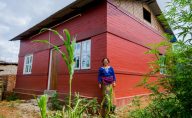
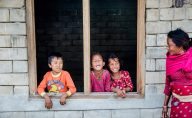
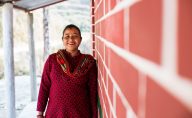
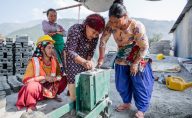
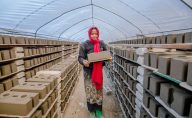
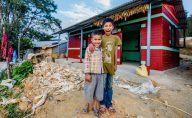
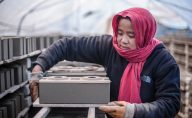
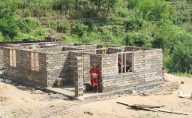
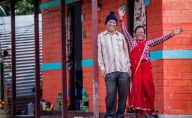
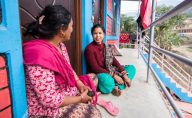
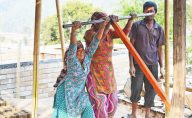
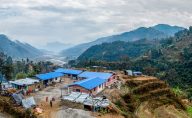
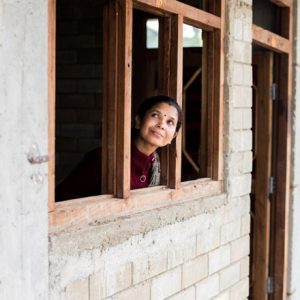 Parbati started a CSEB enterprise in her village.
Parbati started a CSEB enterprise in her village. 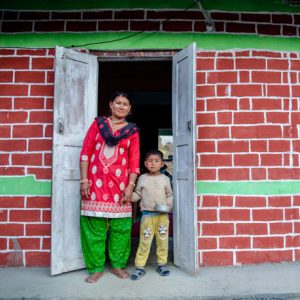 Born into poverty, mother of four and an earthquake victim, Shanti Majhi has taken matters into her own hands.
Born into poverty, mother of four and an earthquake victim, Shanti Majhi has taken matters into her own hands. 
